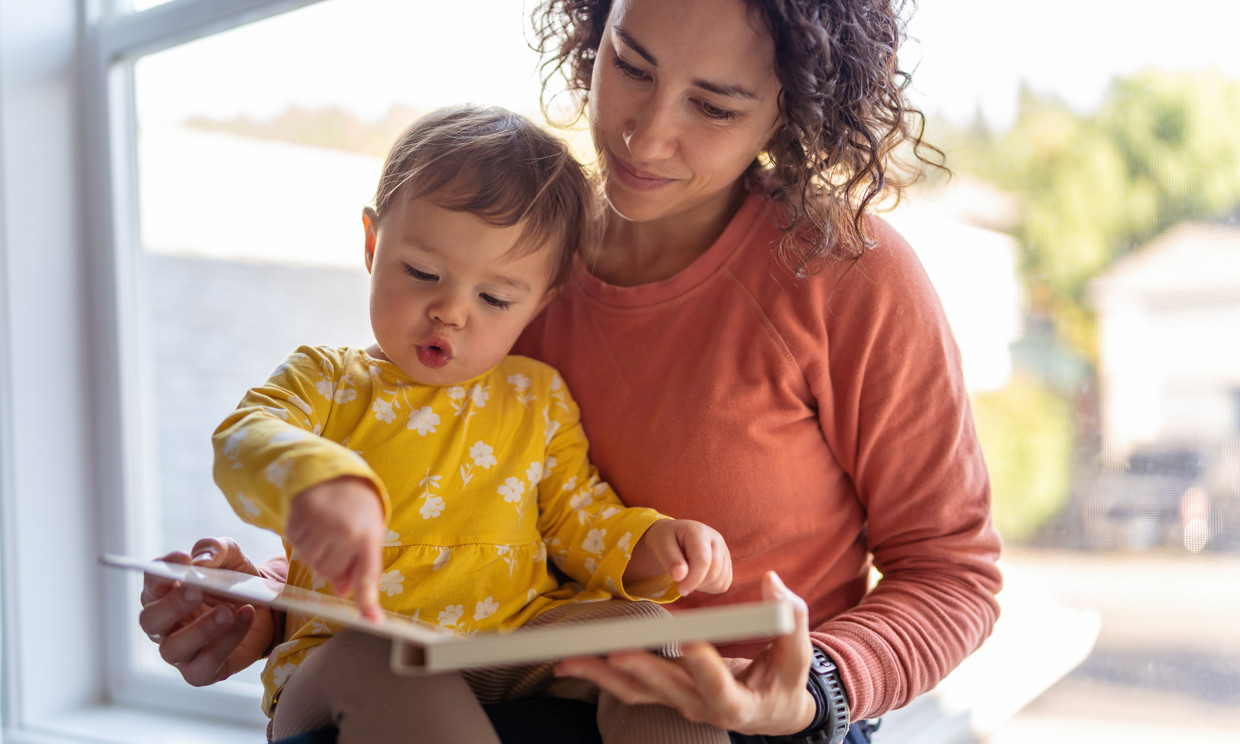Do you remember those days when grandparents would tutt and shake their head when their grandchildren would spend hours with their nose deep in a book?
“They should be spending more time outdoors in the fresh air,” they would scold.
Fast forward a few decades and parents would be beyond delighted if they had to drag a book out of their child’s hands.
After all, research from the Australian Bureau of Statistics (ABS) found that over the last six years children reading for pleasure has dropped six percentage points. Girls are more likely to enjoy reading while boys, not so much, and the older a child became, the less they enjoyed reading. Not to mention the fact that, for the majority of children who read, they only clocked up a couple of hours a week.
The Importance of Early Language Development and Parental Engagement
“Right now, about 23 per cent of Australian children start school without the communication and language skills needed to succeed,” explains Dr Lisa Palethorpe, National Lead Early Learning Initiatives at Goodstart.
“Children with good language development do better in educational outcomes.”
The Australian Institute of Health and Welfare (AIHW) discovered that children whose parents read to them every day when they were two years old had higher Year 3 NAPLAN reading scores.
Dr Palethorpe says that there is significant evidence that highlights the importance of parents reading to their child, and this can be as minimal as ten minutes a day.
She says that reading together is an active listening and responding process. It’s not simply about reading the printed words but discussing the pictures and characters in the book and asking children questions about the storyline.
“This creates a back-and-forth communication environment and the more children practice listening and responding, the better their early communication and language development will be,” she adds.
Navigating the Impact of Screens on Children's Reading Habits
About now is when we start pointing the blame finger at screens. Their bright colours and enticing interactivity must be the reason why children are turning away from books.
Which is why it is important to note that children should not bear the blame for spending less time reading. Indeed, the key is to moderate screen time to enhance the science of learning.
In fact, the ABS found that, while the number of children using screens hasn’t increased in the last six years, the hours they spend on their devices has, with the majority of children spending between ten to 19 hours per week on screens. That’s five to ten times more time on screens than books.
But is that surprising for a generation that has never not known the world without handheld devices?
“Rather than seeing technology and devices as harmful tools, we should use them in learning when appropriate but also understand their limitations,” says Dr Palethorpe.
“Nothing replaces human interaction. An iPad telling a story does not support a child’s reading and writing skills anywhere near the benefits gained from a parent engaging in books with their child.”
Cultivating a Child's Passion for Reading: Tips for Parents
“For the busiest parent, finding a minimum of ten minutes each day can be life changing for the child,” recommends Dr Palethorpe.
She recommends turn off all devices during that time and to simply be present.
“Babies and children learn through interactions with others and engaging in literary rich activities at home is important,” she adds.
Reading, or even simply speaking about the pictures in a book, supports the child’s communication and language development, as well as strengthens the relationship they have with their parent.
But what about children who hate reading?
Dr Palethorpe suggests finding a book that they love. It just has to be one. And read it, over and over again – as much as the child would like.
“You can extend it to talking beyond the contents of the book by extending the story through play, or imaging what else could happen to the characters in the book,” she says.
“Even finding similar books that extend on the themes in their loved book can help your child branch out a little further.”
Benefits of Shared Reading: Insights from Australian Institute of Health and Welfare (AIHW) Research
The AIHW found that shared reading increased a child’s:
- Oral language
- Vocabulary
- Understanding of the convention of print
- Phonological awareness
- Alphabet knowledge


